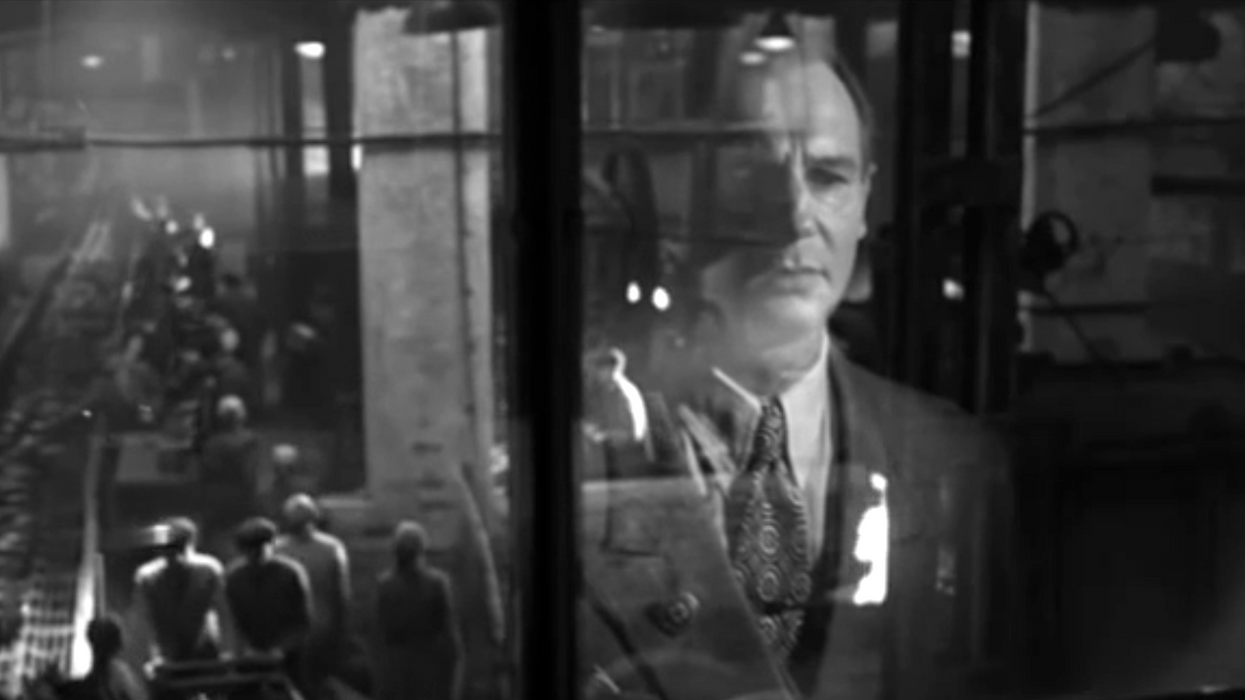How Reaction Shots Can Take Your Visual Storytelling to the Next Level
As filmmakers, we have an arsenal of visual storytelling tools at our disposal. Chief among them, the reaction shot.

Though they're commonplace and seemingly innocuous, reaction shots -- shots of a character looking at and reacting to something -- can be powerful sources of visual information. This is largely a result of our inherent ability to interpret and derive meaning from facial expressions and body language. However, within the context of other cinematic techniques, reaction shots can convey tremendous amounts of information and emotional subtext that would be difficult to expose in any other way.
In a recent video essay from Must See Films, Darren Foley explores this concept further, and provides some insights about why you should think carefully about how you use reaction shots in your own films.
In many of these examples, the power of the visual storytelling is derived from multiple facets of the filmmaking process. For starters, much of what is described in this video essay is an editing technique known as the Kuleshov effect, or the ability to juxtapose two seemingly unconnected shots and derive a meaning greater than either of the individual shots would convey on their own. When combined with good acting, juxtaposing a character's reaction against a shot of something they physically see is a fantastic way to convey emotional information about that character. It requires zero dialogue, but it can potentially reveal so much information and subtext.
The other major piece of this is the cinematographic use of reflections. Instead of juxtaposing two shots, reflections (usually from a window or a mirror) allow one shot to show both the character's reaction and whatever they're looking at. Of the several instances shown in the video, none are more powerful than the shot from Schindler's List (the header image for this article), which not only conveys loads of story and character information, but also uses the flame as a well-placed visual metaphor. Again, without a single line of dialogue, we're given an absolute wealth of subtext. That's the power of visual storytelling.
All in all, this should serve as a reminder that sequences and even individual shots can be far more than the sum of their parts. What are some of your favorite reaction shots in cinema history, and why do they resonate with you? Share them down in the comments!
Source: Must See Films












